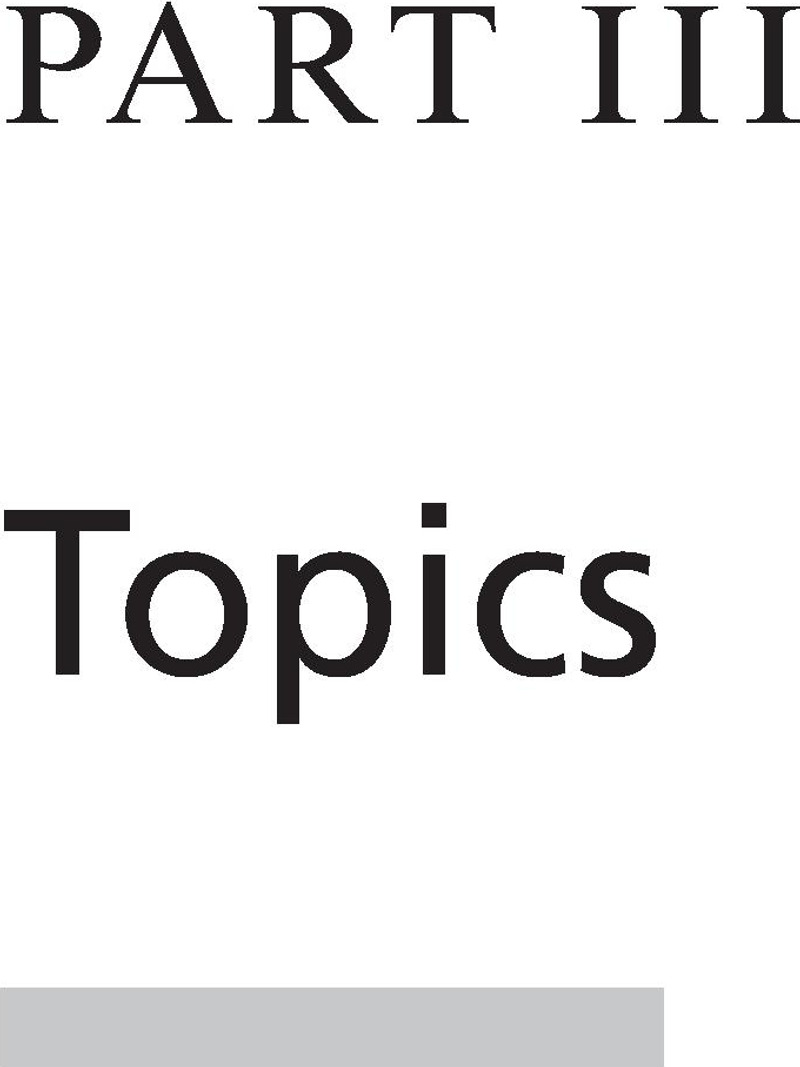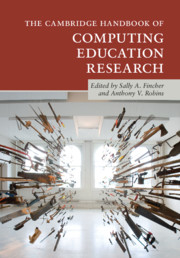Book contents
Part III - Topics
Published online by Cambridge University Press: 15 February 2019
Summary

- Type
- Chapter
- Information
- The Cambridge Handbook of Computing Education Research , pp. 323 - 894Publisher: Cambridge University PressPrint publication year: 2019



